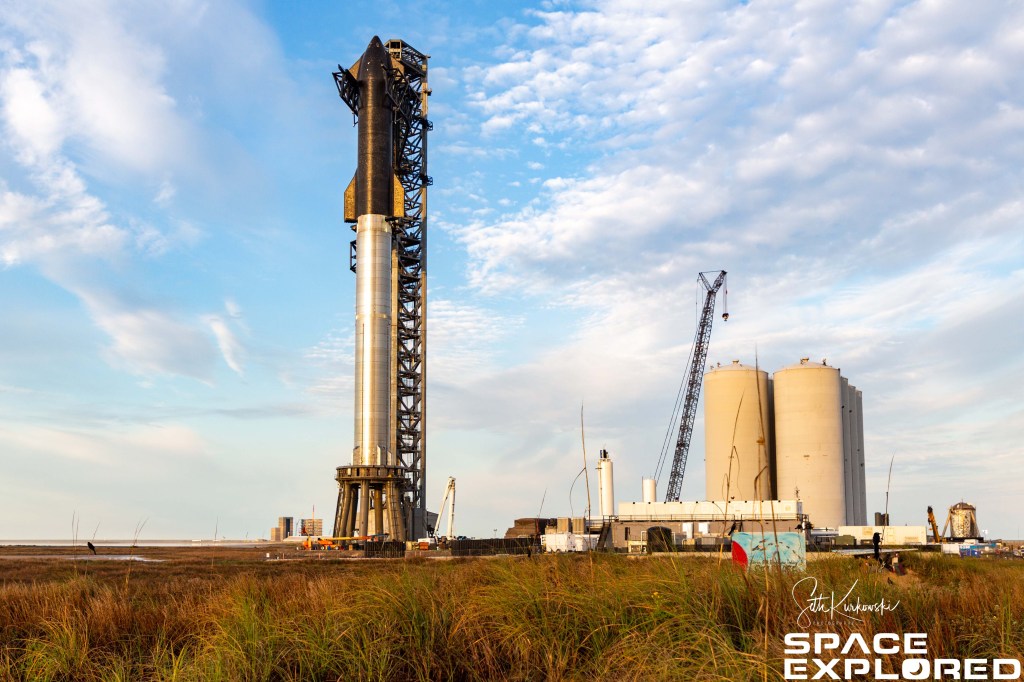
Today, a great deal of news about the future tourism flights of SpaceX came to light, led by none other than Billionaire Jared Isaacman. After commanding Inspiration4 last year, Isaacman will return as commander of a daring first of its kind Dragon mission, flying higher and staying longer than Inspiration4 did.
The Polaris Program is currently set to consist of three missions: Polaris Dawn, Mission II, and Mission III. Details are vague about the second two missions, but the Polaris Dawn could occur as early as this year, so we have much more information on it.
Polaris Dawn
Currently set for Q4 2022, Polaris Dawn is the first mission of the Polaris Program. The crew will consist of Jared Isaacman as the commander, Scott Poteet as the mission pilot, Sarah Gillis as a mission specialist, and Anna Menon as a mission specialist and medical officer.
Of course, Isaacman led the Inspiration4 crew last year. Poteet is a retired Air Force colonel and Thunderbird pilot. Gillis and Menon are lead space operations engineers at SpaceX.
The crew of four will launch in a SpaceX Dragon Capsule from LC-39A at Kennedy Space Center in Florida. This mission is also supporting St. Jude Children’s Research Hospital. This may sound a lot like a rehashing of Inspiration4, and the mission does seem somewhat similar, but Polaris Dawn will achieve many firsts and is only the start of the Polaris Program.
Longest Dragon flight by SpaceX to date
This mission is much longer than Inpsiration4, at five days rather than three. This will be the longest flight by a SpaceX Dragon to date.
Polaris Dawn will push Dragon to a new altitude record
No exact altitude is given, but the crew plans to fly to the highest altitude Dragon has yes, also “endeavoring to reach the highest Earth orbit ever flown.” This high orbit also has to do with health research, “Orbiting through portions of the Van Allen radiation belt, Polaris Dawn will conduct research with the aim of better understanding the effects of spaceflight and space radiation on human health.”
First time using Starlink laser interconnects in flight
During Inspiration4, the limited connectivity of SpaceX’s Dragon capsule was clear. The spacecraft had regular periods without the internet connectivity needed for things like live streaming. It was previously announced that SpaceX’s Dragon capusle would gain the laser interconnects needed to connect to the Starlink network from space, and now Polaris Dawn will be the first human mission to feature those interconnects.
High altitude space health research
Through collaborations with numerous medical laboratories and universities, Polaris Dawn will conduct research into the impact of space for long-duration spaceflights. In addition to the radiation of the Van Allen belt, the mission plans to use ultrasounds to study decompression sickness, provide biological samples to a biobank, study spaceflight associated neuro-ocular syndrome, and more.

Mission II
Information about mission II is rather limited. The website says:
Building upon Polaris Dawn, this mission will continue to expand the boundaries of future human spaceflight missions, in-space communications, and scientific research.

Mission III: The first crewed Starship flight
The information on this third mission is also rather limited but at least gives a lot more room for speculation.
This will be the first-human spaceflight on Starship — the world’s first fully reusable transportation system designed to carry both crew and cargo to Earth orbit, the Moon, Mars, and beyond.
No crew has been listed for this mission or mission II. Hopefully, more information will be provided in that regard once Starship is closer to operational status. Where exactly this mission flies, how many people, and for how long are all to-be-seen.
Space Explored’s take
This is an exciting time for fans of spaceflight. Space travel, even if still far out of reach for most of us, is becoming more accessible. Now private individuals are funding some of the research and development that may very well make life multi-planetary one day.
Enjoy reading Space Explored?
Help others find us by following on Apple News and Google News. Be sure to check us out on YouTube, Twitter, Facebook, and Instagram, join our Discord!
FTC: We use income earning auto affiliate links. More.






Comments